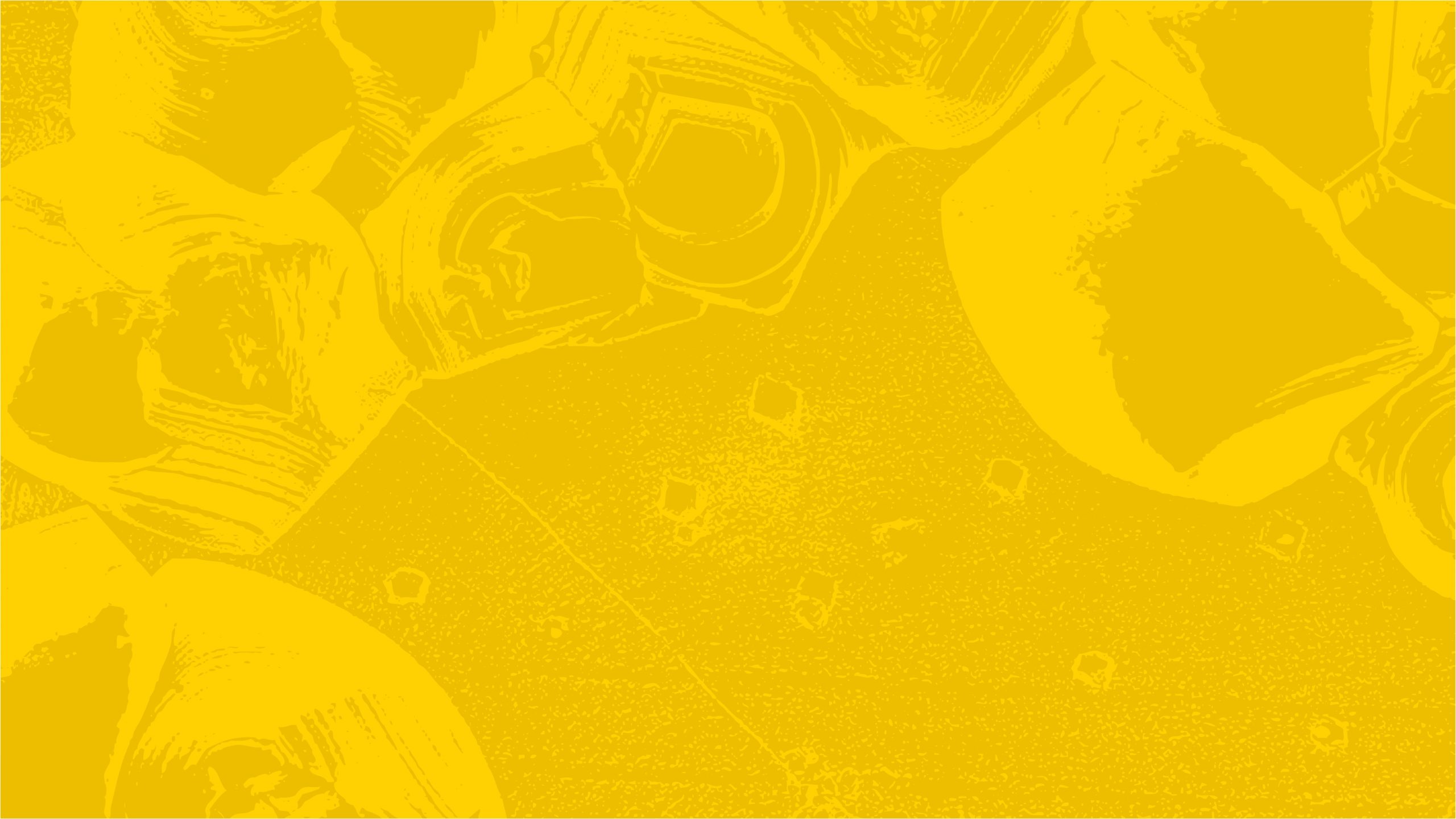The new Royce 3D Bioelectronics Suite at the University of Cambridge will support research into longer and healthier futures for us all.
The suite of equipment, costing more than £620,000, has been specifically tailored to advance bioelectronic device research and is available nationally for use by academic and commercial scientists.
It features an Ultima 2Pplus 2photon laser scanning microscope incorporating manipulators for multielectrode array electrophysiology recordings, a full cell culture suite and freeze dryer.
Research projects already underway on the equipment include collagen scaffold engineering, bioelectronic devices for in-vitro modelling, diagnostic sensor development and studies on reconstructing bone and lung tissues.
It was officially opened in the Department of Materials Science and Metallurgy by co-applicants for the facility, Professors Róisín Owens, Serena Best and Ruth Cameron.
Professor Owens said:
“This suite forms part of the wider Royce Biomedical Materials theme and benefits from a wide interaction of researchers.
“We will be working to create a new generation of smart dynamic medical materials which will support novel medical approaches to improve health. For example, collagen scaffolds could be used in dentistry or heart tissue repair.
“With the global population of over 60s expected to reach 1.4 billion by 2030, these approaches will help to sustain health and well-being for longer.”
The Henry Royce Institute, known as Royce, is the UK’s national body for advanced materials science research and innovation.
Royce at the University of Cambridge is one of Royce’s eleven partners funded by the Engineering & Physical Sciences Research Council, which is part of UK Research and Innovation.
Dr Daniel Bax, the Royce BioSuite Facility Lead, said:
“This suite of equipment is available to all UK academics and commercial researchers. Royce@Cambridge has grants available for UK-based academic researchers and SMEs to fund the use this equipment.”
The bioelectronics suite includes: Ultima 2photon laser scanning microscope (Coherent laser), with integrated patch clamp and manipulators for MEA (multielectrode array) electrophysiology recordings; a freeze dryer; cell box for tissue culture incubator-like transportation; microbiological safety cabinet; refrigerated centrifuge, pipette sets and waterbath; phase contrast microscope; various electrical acquisition equipment – including Potentiostat for electrochemical impedance spectroscopy, and accessories for 3D in vitro electrical monitoring and a Quantum Design electrical probe station for ultra-low power (currents of < 1pA and voltage of <100mV) measurements.
For more information on accessing this equipment or applying for funding towards using it please contact royce@maxwell.cam.ac.uk or visit Royce@Cambridge.



